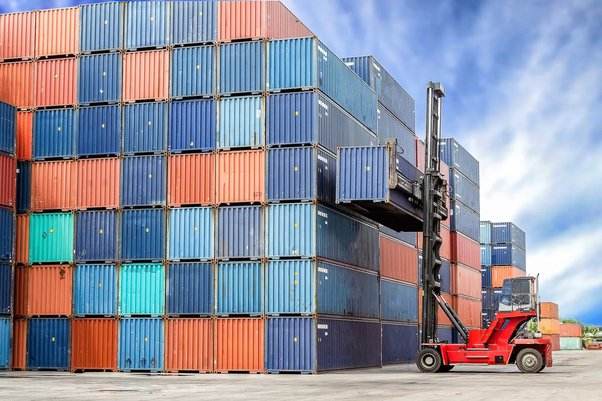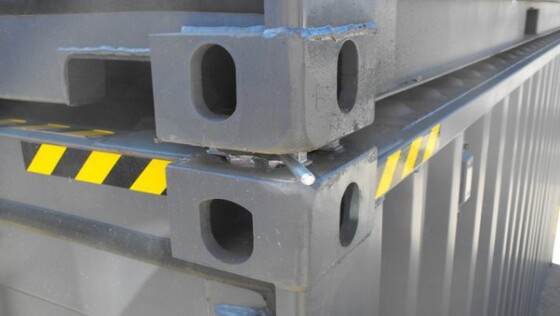
How shipping containers lock together
How shipping containers lock together
Shipping containers are intended for carriage via ships, trains and trucks. Their interlocking design ensures a robust and stable structure that guarantees safe transportation. In this article, we will delve into the locking mechanisms of shipping containers and how they remain secured during transit.
The Corner Castings
Interlocking shipping containers rely on corner castings as the main component. These are steel structures that attach to each container’s corners and provide a reliable connecting point. The standardized design of these corner castings makes them compatible with all types of shipping containers.

Twist Locks
The twist locks function as the devices that secure shipping containers in place. Located at the corners, these fittings mesh with complementary twist locks on another container. By rotating and securing them, you can join two containers together.
Bridge Fittings
Bridge fittings, also known as container connectors, link stacked containers by providing a reliable anchorage point at both the top and bottom of each container. When stacking two containers, the upper container’s bridge fittings interlock with the corner castings of the lower one.
The Role of Gaskets
Rubber seals, called gaskets, fit between twist locks and corner castings to ensure shipping containers stay securely fastened.. The airtight seal created by these components prevents moisture and other external factors from penetrating the container.
Shipping containers are designed to be airtight, watertight and strong enough to withstand the rigors of transportation. The interlocking system of shipping containers ensures that they remain securely locked together during transport even in rough sea conditions. The corner castings, twist locks, bridge fittings and gaskets all work together to create a stable and secure structure.

